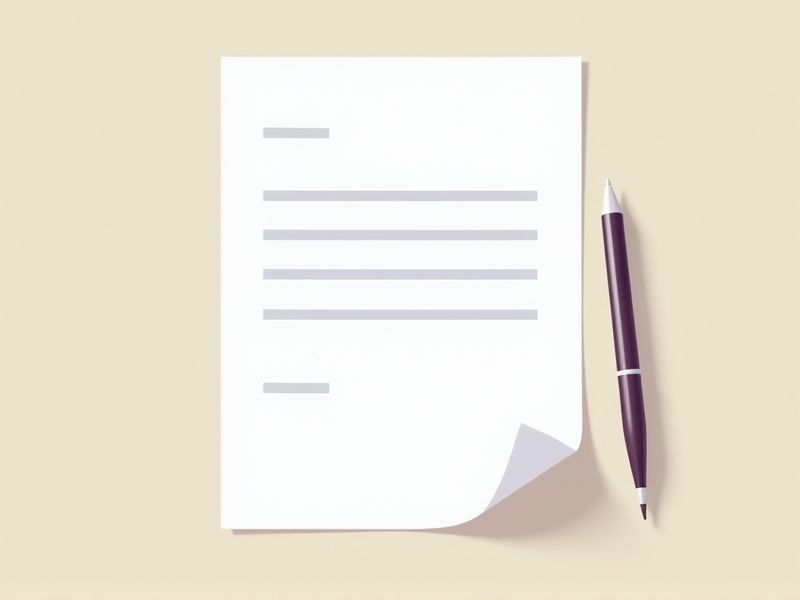
When it comes to writing an employee resignation letter, clarity and professionalism are key. A well-structured resignation letter helps maintain good relationships with your employer and leaves the door open for future opportunities. Typically, the letter should include the date of resignation, a brief reason (optional), and your gratitude for the experience gained. Keeping the tone polite and respectful ensures that you leave on a positive note. To help you craft the perfect resignation letter, be sure to check out the various templates available in this article.
Samples of letter format for employee resignation
Professional Letter Format For Employee Resignation
Formal Letter Template For Resignation From Job
Email Letter Format For Resigning From Position
Employee Resignation Letter Format With Notice Period
Resignation Letter Format For Immediate Departure
Simple Letter Format For Voluntary Resignation
Two Weeks Notice Letter Format For Resignation
Resignation Letter Format For Part-Time Employees
Template For Resignation Letter Due To Personal Reasons
Letter Format For Resignation After Probation Period
Structured Resignation Letter Format For Managers
Resignation Letter Format With Appreciation
Formal Letter Format For Retirement Resignation
Resignation Letter Template For Health Reasons
Resignation Letter Format With Job Transfer Request
Polite Resignation Letter Format For A Difficult Boss
Resignation Letter Format For Returning To School
Template For Resignation Letter For Relocation
Resignation Letter Format For Taking A Sabbatical
Clear Letter Format For Resigning From Internships
Important Things to Know when Writing Letter Format For Employee Resignation
Clear And Concise Statement Of Resignation
A resignation letter should begin with a clear and concise statement of your intention to resign, specifying your last working day. This straightforward approach avoids ambiguity and ensures your message is understood immediately. It's also important to maintain a professional tone and express gratitude for the opportunities you've had during your employment. By following this format, you create a respectful and positive impression as you transition to your next endeavor.
Mention Of Last Working Day Or Notice Period
A key aspect of an employee resignation letter is the clear mention of your last working day or the notice period required by your company. This detail informs your employer about your intended exit timeline, allowing for a smoother transition and planning for your replacement. Including this information demonstrates professionalism and respect for company protocols, ensuring that all parties are aligned on the next steps. Properly formatting this aspect of your letter can also help avoid misunderstandings or conflicts regarding your departure.
Expression Of Gratitude Towards The Employer
A well-crafted resignation letter should always include an expression of gratitude toward your employer. This acknowledgment reflects your appreciation for the opportunities, experiences, and skills you've gained during your tenure. By expressing thanks, you leave a positive impression, which can benefit you in future professional endeavors or references. Remember, maintaining good relationships in the workplace is crucial, even as you transition to new paths.
Professional And Polite Tone
Using a professional and polite tone in your resignation letter is crucial for maintaining a positive relationship with your employer. Begin by clearly stating your intention to resign, along with your last working day, which helps in planning for a smooth transition. Express gratitude for the opportunities you received during your tenure, emphasizing the valuable experiences gained. Remember, a respectful tone can leave a lasting impression, potentially paving the way for future references or networking opportunities.
Contact Information For Future Correspondence
Including your contact information in a resignation letter is essential for maintaining professional communication after your departure. Make sure to provide both your personal email address and phone number, ensuring that your employer can reach you easily if needed. This practice not only facilitates any future correspondence but also underlines your commitment to a smooth transition. Your contact details serve as a bridge for potential references or any follow-up questions about your work or responsibilities.
